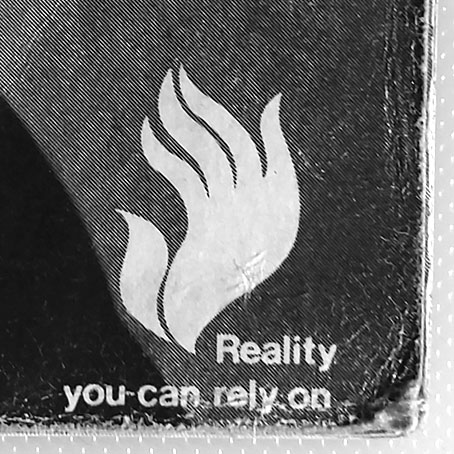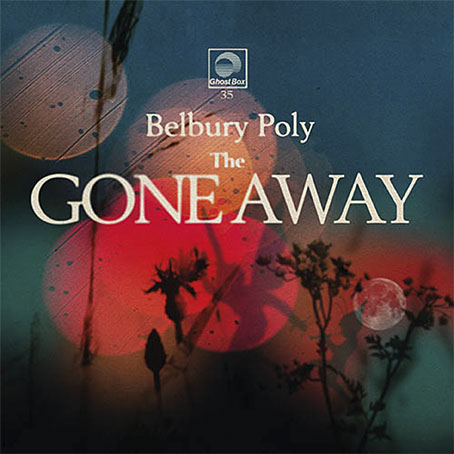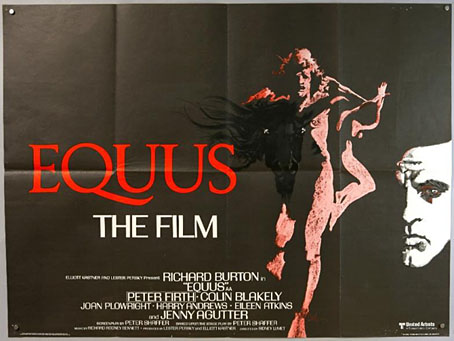
“Launch commit!” as NASA technicians used to say, and maybe still do. After many late-night HTML sessions I’m pleased and relieved to announce that my recoded website is now up and running. I mentioned earlier that the site has remained unchanged for the past 15 years, so the update was a major task that involved recoding over 450 separate pages. Much of the work was made easier by using mass find-and-replace but this only takes you so far. Too many of the pages had slight differences in their coding (and all had unique content, of course) so they still had to be checked—and usually rewritten—individually.
15 years is a long time on the internet. In 2005 smartphones didn’t exist, and while the existing phones could access websites their screens were so small and data transfer so slow that making an art site suitable for a phone was a ridiculous idea. Having recently revitalised the blog so it changed its layout to suit different devices I realised that I really ought to do the same for the rest of the site. The new website layout dispenses with the background decoration, the onscreen menu, and even the navigation bar at the top of the screen, in favour of a very minimal presentation: white pages everywhere, with a menu bar icon on the top left and a search icon on the top right. I was a little unsure about the latter but with such a sprawling site you can’t expect everyone to hunt through pages at their leisure. Those menu bars are now a common sight on apps as well as websites, so they don’t require explanation; and the Google search that I’d been using is now much better than the old version, with simpler code and better presentation of the results. (The old search used to take you offsite to a page of Google results.) Switching from decorative backgrounds to ultra-minimalism feels like having jumped from the Art Nouveau decade straight to the Bauhaus era. All that decoration looked nice on a desktop machine but it didn’t work at all on a smaller scale. I’m not keen on absolute minimalism, however, especially when so much of my work is the very opposite, so I’ve adulterated the main pages with engraved vignettes.
In doing all this I really have to thank the people who run W3schools for their free CSS code which is now the foundation of the site. W3’s clear demonstrations of how to create web pages that resize themselves and their content was a huge help in rewriting the site. The home page is a W3 template that I hacked a little (it does some smart resizing when you reshape the browser window or flip the screen from portrait to landscape) while the rest of the site is mostly the same as before. I don’t see many people dumping all of their work onto the internet in this way but I’ve worked in so many different areas—book illustration and design, album illustration and design, comic book art, occasional (paid!) writing commissions—that people who only know my work in one area are unlikely to be aware of the rest. The general upgrade has also forced me to properly update the music section, a task that I’d been putting off for too long. Most of my recent work in this area has been simple layout designs for the Subtext label but I’m very happy to be associated with these releases. The Subtext albums range through abstract electronics, environmental recordings, contemporary composition, even two releases devoted to Cevdet Erek’s Turkish drums. One of their artists in the composition world, Yair Elazar Glotman, was working on film soundtracks with Jóhann Jóhannsson shortly before the latter’s death, and contributes to Jóhannsson’s posthumous feature, Last and First Men.






